The Living Atlas
Visit Living Atlas
Making species observations more visible – for science, nature conservation and the public
Anyone who wants to find out which species occur on their own doorstep does not yet have a central point of contact in Germany for information - unless they go out into nature themselves and take a look. But that, of course, requires time and a certain knowledge of the species. A simpler option is the Living Atlas of Nature in Germany (LAND) developed in NFDI4Biodiversity, which brings together species observations from different sources in a common online portal.
Users can search for any plant, animal or fungus species and filter them according to various criteria, such as location or year. The species observations are then located on a map of Germany, but can also be displayed as a list or image gallery. It is also possible to view and download the underlying data sets. Furthermore, in the section "Ausgewählte Datens(ch)ätze" ("Selected data treasures"), individual datasets that can be found via the atlas are presented in the form of blog articles in order to increase the visibility of the data and the partner institutions contributing them.
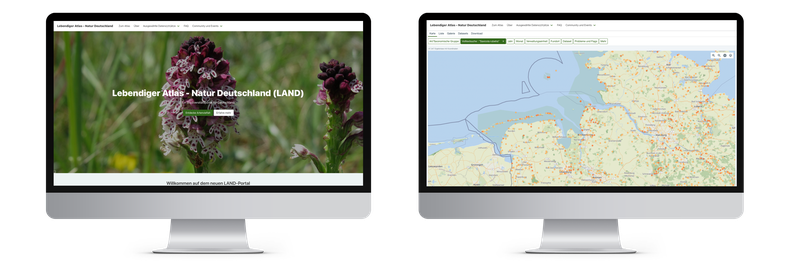
The aim of the Living Atlas is to make species observations in Germany more visible and available for specialized applications, for example in science and nature conservation, but also to the nature-interested public. Projects working for nature conservation and environmental protection should find it easier to find and visualize the data they need for their work. In addition, the portal should make people want to discover their own surroundings.
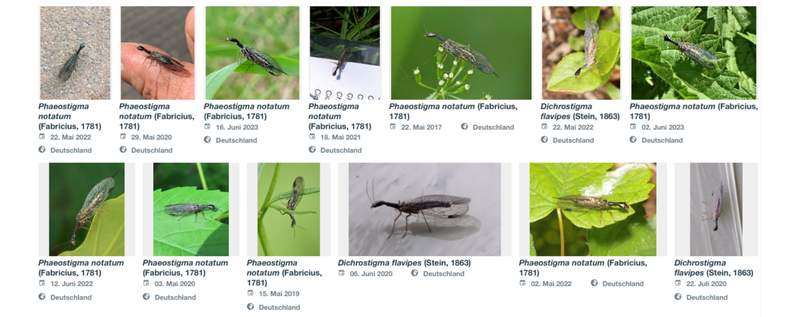
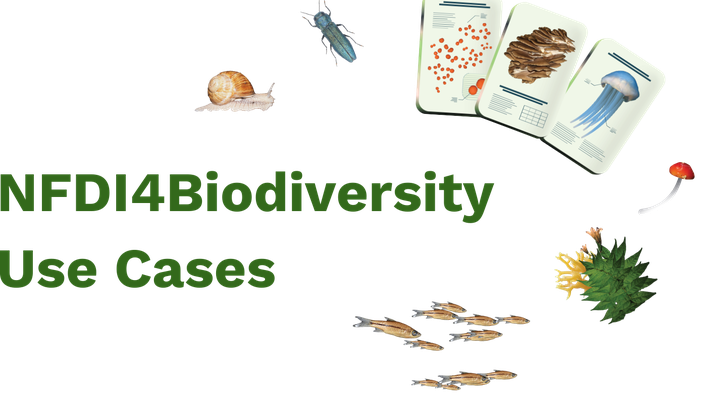
Background and origin
Many data sources, one central access point
Data on the occurrence of different species are collected, provided and evaluated by a wide variety of actors and initiatives – for example, research institutions, professional societies, environmental associations and authorities. This is a good thing – because it allows the specifics and requirements of different species groups, regions, or user communities to be addressed. For researchers and other individuals and groups interested in the data, however, this decentralized storage and processing is a challenge; for example, when they need to be brought together to create an overall picture from many pieces of the puzzle.
Start with feasibility study in 2016
The Living Atlas use case did not have to start from scratch, but is based on ideas, preliminary work and technical solutions that have been and are being driven and developed by various partner institutions inside and outside the NFDI4Biodiversity consortium. The initiative for a Living Atlas of Nature in Germany goes back to a feasibility study conducted by the UFZ/iDiv, BUND, NABU, DDA and DNR with broad participation in 2016. For the technical implementation of the portal, the services of the Global Biodiversity Information Facility (GBIF) are used, among others. The connection of new datasets, in turn, is done via the Submission Service for Biodiversity Data of the NFDI4Biodiversity partner GFBio e.V., among others.
Continuous development with the help of the community
Currently, the Living Atlas is being continuously developed further – with bundled community power. In March 2023, the coordination team behind the atlas hosted a workshop in Presence, where more than 50 representatives from research organizations, museums, authorities and natural history associations had the opportunity to get to know the Living Atlas. In addition, the focus was on exchanging ideas on a wide range of topics. For example, they discussed which mechanisms could be used to ensure the quality of observation and collection data, how stakeholders could be recruited for the joint further development of the atlas, how the search function of the atlas should be designed to meet the needs of different target groups, and what needs to be considered with regard to data standards, data publication, licenses and data rights.
The full workshop report, including a list of all participants, can be found in the Publications section at the bottom of this page.
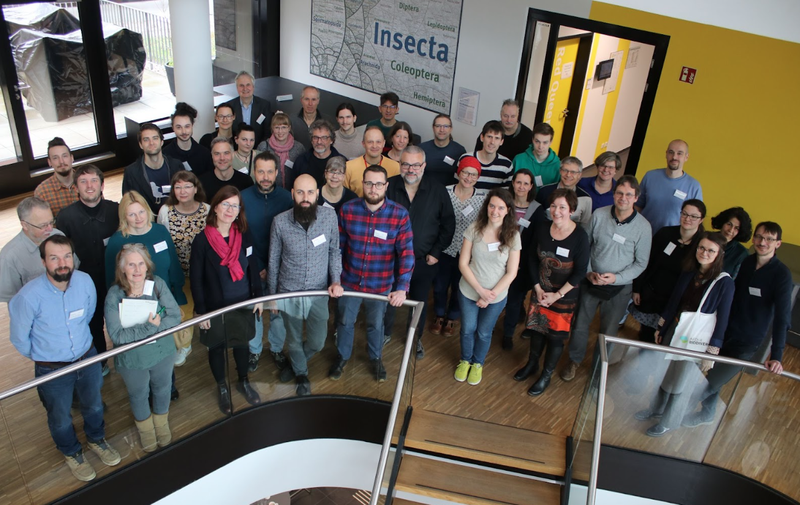
Outlook: What happens next
The need identified in the 2016 feasibility study for a central platform for networking data resources and conducting data analyses is still present – the community workshop in March 2023 left no doubt about this. This is exactly where the Living Atlas comes in and, with its close coupling to GBIF, advances data availability. It will then develop its full potential in interaction with the Research Data Commons (RDC), the data infrastructure developed in NFDI4Biodiversity. To move forward in this regard, it is important to continue to keep the motivation to participate in the development of the Living Atlas and a supporting, jointly built data infrastructure high and as broad-based as possible. It is important to regularly feed back current developments to the biodiversity community and to involve the community in new developments.
Furthermore, intensive work has been done to install additional functionalities, including predefined quick filters as well as tutorials for portal users and data suppliers.
The Living Atlas sees itself as a work-in-progress and should continue to learn from its users and grow with them.
Visit Living Atlas
Your data in the Living Atlas
Contact person for questions regarding the design and functions of the atlas
Publications
Martin Friedrichs-Manthey, Thore Engel, Barbara Ebert, Mark Frenzel, Anton Güntsch, Jörg Holetschek, Birgitta König-Ries, Robert Köpke, Jana Moser, & Aletta Bonn. (2023). Lebendiger Atlas Natur Deutschland – NFDI4Biodiversity Community Workshop. Zenodo. doi.org/10.5281/zenodo.8205344
Our Use Cases
What is the potential of NFDI4Biodiversity? This is illustrated by our more than 20 use cases: real-life projects in which we test how data can be mobilized or visualized, how cross-regional metadata standards can be established, or how storage and computing infrastructure can be implemented for the integration and analysis of currently decentrally distributed data treasures. The use cases are a joint effort of the respective use case partner, business and technical experts from the consortium, and coordinating project staff, the so-called use case managers.
Click here to explore all Use Cases.

Explore other Use Cases
What is the potential of NFDI4Biodiversity? This is illustrated by our use cases: real-life projects in which we develop solutions for better data management and provision.
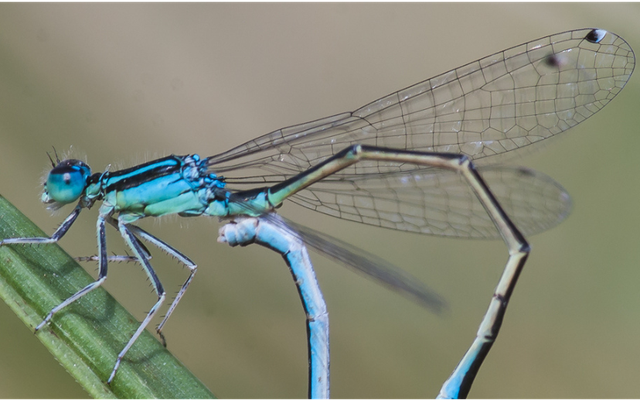
Dragonfly Atlas
About two million dragonfly data, which should also be available for research and nature conservation – this is what we are working on with the dragonfly enthusiasts of the GdO.
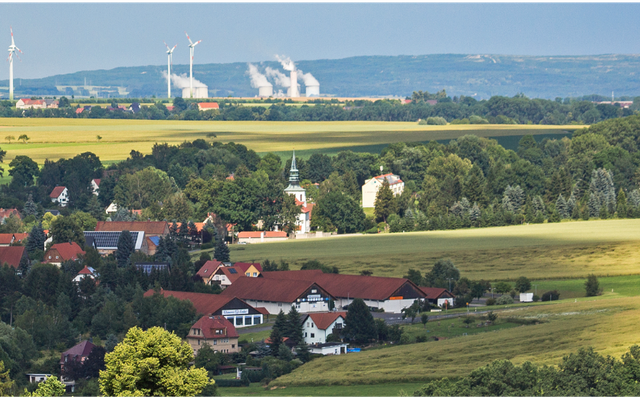
Land use monitor
Visualizable long-term data on land use can enrich biodiversity research enormously. Together with the IOER, we are integrating them into NFDI4Biodiversity.
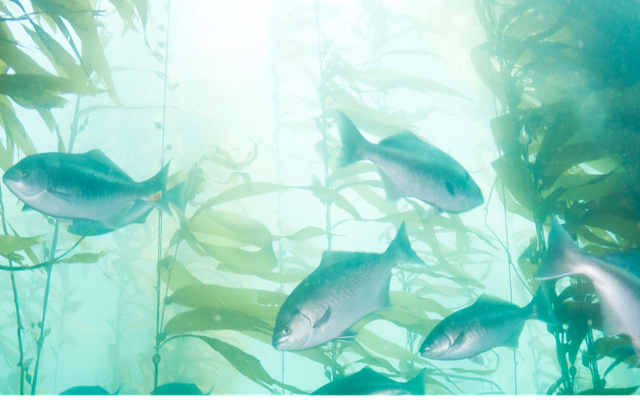
Fish Atlas
The GfI fishologists have more than 100,000 data sets on regional fish species at their disposal. Together, we make them easier to find and thus more accessible.

